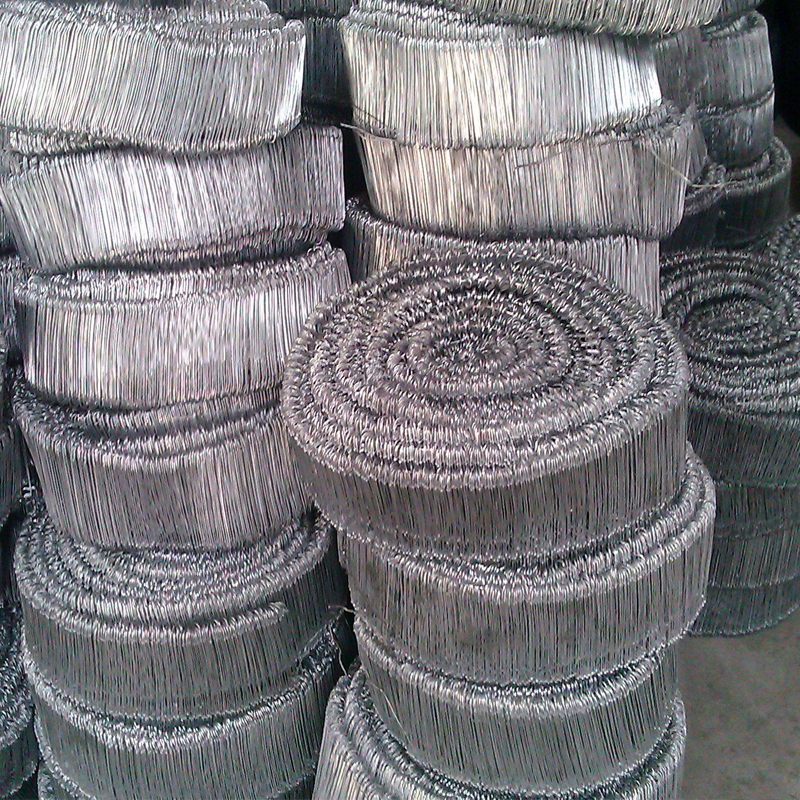Driving Nails into Concrete A Comprehensive Guide
Driving nails into concrete can seem daunting for both novice DIYers and seasoned professionals. The hardness of concrete makes it a challenging material to work with, yet with the right tools and techniques, you can achieve excellent results. This article offers a detailed guide on how to successfully drive nails into concrete, ensuring durability and precision in your projects.
Understanding Concrete
Concrete is a composite material made up of water, cement, and aggregates. Its strength and durability make it a popular choice for construction projects, from foundations to walls and floors. However, this very strength presents a challenge when attempting to fasten objects directly to concrete surfaces. Traditional wood screws and nails simply cannot penetrate the hard surface of concrete without specialized tools.
Essential Tools and Materials
To effectively drive nails into concrete, you'll need a few specialized tools and materials
1. Concrete Nails These are hardened steel nails specifically designed for use with concrete and masonry. They have a wide, flat head and a sharp point to penetrate effectively.
2. Hammer A heavy-duty hammer, preferably a sledgehammer, is ideal for driving in concrete nails with power.
3. Drill and Masonry Bits For larger projects or when dealing with particularly tough concrete, a hammer drill paired with masonry bits can help create pilot holes. This makes it easier to insert concrete nails or anchors.
4. Safety Gear Always wear safety goggles and gloves. Concrete can produce flying debris and dust, which can be hazardous.
driving nails into concrete

Step-by-Step Process
1. Preparation Begin by identifying the exact location where you intend to drive the nails. Ensure that the area is free of any embedded utilities or rebar that could complicate your efforts.
2. Mark Your Spot Use a marker to make a small dot where the nail will go. This will help you maintain accuracy.
3. Drilling (if necessary) If you're working with a particularly hard slab of concrete, it may be beneficial to pre-drill a pilot hole. Using a hammer drill and masonry bit, drill a hole at the marked spot to a depth slightly less than the length of the nail.
4. Inserting the Nail If you're using concrete nails, hammer them directly into the concrete at the marked spot. Apply firm but controlled force. If you’ve drilled a pilot hole, insert the nail into the hole. This provides a guide and helps prevent bending.
5. Setting the Nail Drive the nail all the way in until the head is flush with the concrete surface. Avoid striking too hard, as you could damage the nail or the concrete.
Alternative Options
In some cases, you might consider using concrete anchors or screws. These provide a more secure hold for heavy objects. To use an anchor, drill a hole for the anchor, hammer it in, and then insert the screw. This method is particularly effective for heavier items like shelves and fixtures.
Conclusion
Driving nails into concrete doesn’t have to be a stressful task. By gathering the right tools, preparing adequately, and following the proper techniques, you can achieve a sturdy and reliable fastening in your concrete projects. Whether you're hanging decor, installing shelves, or securing fixtures, understanding the right approach to working with concrete can create long-lasting results. Keep safety in mind, and take your time to ensure precision and effectiveness in every application.

















